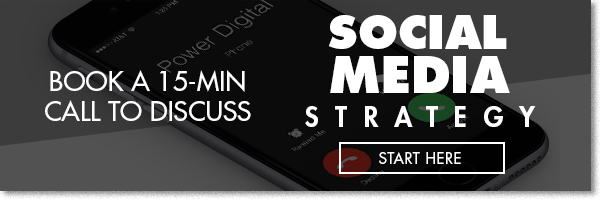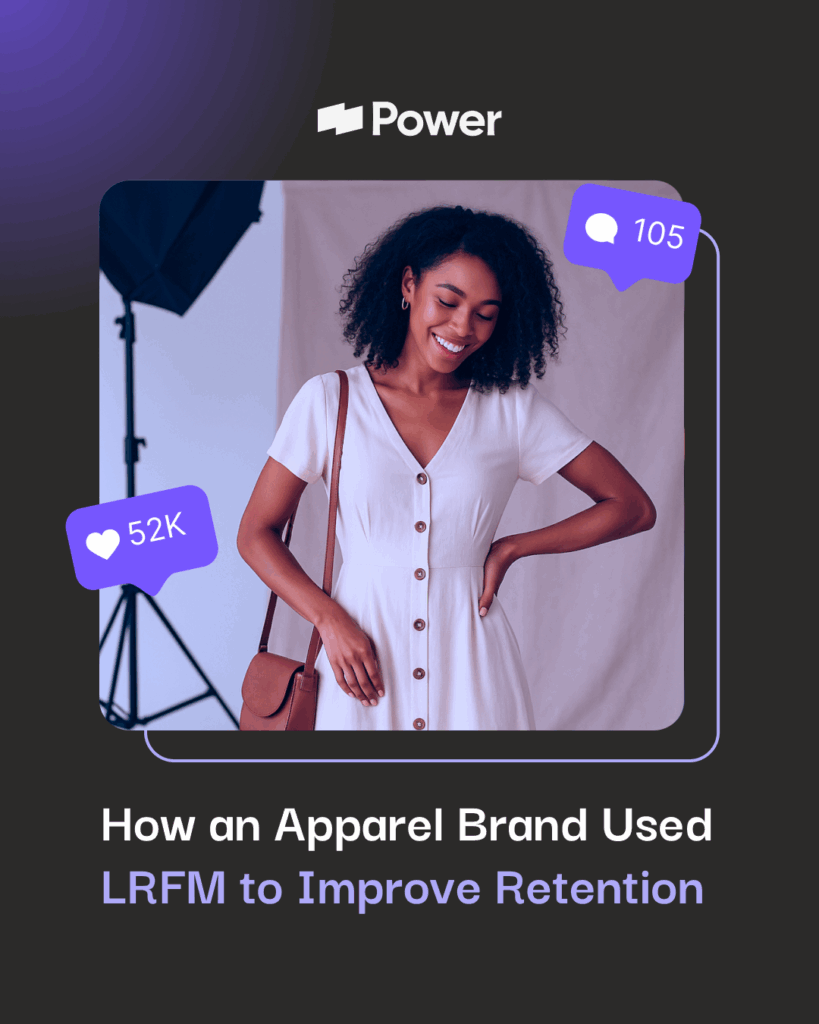If you are in digital marketing advertising, I’m sure you know the importance of integrating multiple digital channels into your strategy. The number of digital channels have increased over the years and will continue to do so in the upcoming years. Your potential customers could be in any one of these channels, and it would be advantageous to have a brand representation on every channel that makes sense according to your business objectives.
A multi-channel marketing strategy will help you capture potential customers by using the same messaging on different platforms. However, a cross-channel strategy leverages the strengths of each channel and tailors the message to target your potential customers on each touch point.
There is actually a difference between multi-channel and cross-channel marketing, and I encourage you all to reassess your cross-channel strategy.

The idea is to create an all-encompassing strategy that takes your audience on a journey through your marketing funnel. By reinforcing your brand presence through multi-channel communication, you extend the reach of your marketing campaigns. But since everyone interacts with each channel differently, you must know which channel your audience spend the most time on and use the benefits of that channel to your advantage.
Try taking a more holistic approach to ensure that you are engaging your audience in the right channel at the right time. You still want to be consistent in your messaging so your customers have a good understanding of your company offerings, but you should consider taking a different approach to engaging with your customers on each of the channels.
Seeing that AdWords and Facebook are currently two of the most prominent digital channels to advertise on, building out a cross-channel strategy for these two platforms is key to the success of your business. We have found tremendous value in integrating these two channels as they complement each other really well.
Here are 5 marketing funnel strategies between AdWords and Facebook that we recommend trying:
Create Awareness On Facebook To Increase AdWords Conversions
Utilize Facebook as the brand introduction channel to educate your potential customers on your company offerings. Think of Facebook as a TV-like advertisement where your ads are shown to the public, it is not intent-driven like AdWords but simply builds awareness and trust amongst your audience. Users will typically see the ad on Facebook, and later on when they need the product or service they will go search on Google and that’s when you score the conversion.
Use Facebook as your first touch point and tailor your messaging to be informative and educational about how your products or services can benefit your potential customers. The tone of your Facebook ads should never be salesy when you are speaking to cold traffic audience, focus more on cultivating that relationship first.

Build A Remarketing Pool In AdWords Using Facebook Website Clicks
Facebook is the best tool you can use to build up your remarketing pool for both AdWords and Facebook itself. You can drive more traffic to a specific webpage using Facebook website clicks and this will result in an increase of visitors, which will consequentially increase your retargeting list size.
Don’t forget that once you have the Facebook campaign set up, you need to pixel the landing page that you are driving traffic to in Facebook and setup your AdWords audience. This way you will be ready to launch your remarketing campaigns as soon as the list requirement size is reached. We have found this strategy to be very powerful in supporting both our AdWords and Facebook remarketing efforts, and we encourage every advertiser to try it.

Leverage Facebook Carousel Ads In Conjunction With AdWords Remarketing
Cross-channel does not mean cross-message. You still need to have consistent messaging with your brand reinforced on different touch points. Facebook carousel ads are a great way to tell a story, share your articles, highlight a product, and show steps in a tutorial. You can entice a previous visitor to come back to the site using a carousel ad.
AdWords on the other hand should retarget the same previous visitors with the same images as your Facebook carousel ads. For example, if your user did not convert after looking at a specific product page, you could use Facebook carousel ads to highlight each of the features of the product while using the same images in AdWords for remarketing.
Book Your Free Digital Consultation Today!

Increase High-Volume Keywords In Facebook Ad Coppy To Assist In Your RLSA Efforts
Remarketing List for Search Ads (RLSA) is a great way to remarket to people searching on Google who have previously been on your site. This keyword-based AdWords campaign can really benefit from having your Facebook ad copy created around the keywords you are targeting.
Use the Keyword Planner tool to identify the highest volume keywords in your campaign and then plug them into your Facebook ads. Not every lead converts the first time they click through to your site. However, when they are ready to convert, they will most likely use the keywords used in your ad copy to search for your product or service. This is where RLSA comes into play.
Append A UTM Code In Your AdWords Ad Copy And Then Tailor Your Facebook Ad Copy To Speak To Those AdWords Visitors
One reason to add UTM codes to the landing pages in your ad copy is to identify the people who came to your site from the AdWords ad. Another reason is to use Facebook to remarket to these AdWords visitors. This is our most in-depth strategy and is helping us take cross-channel marketing to another level.
How does it work exactly? Let’s say your UTM code in AdWords is “/?utm_source=google&utm_medium=cpc”. Using this UTM code, you could create a remarketing list in Facebook with the AdWords landing page and the UTM code appended to it. This remarketing list will consist of all visitors that came from AdWords and you can then tailor your Facebook ad to target these AdWords visitors.

Now that we have the strategies covered, we need to set up the proper tracking. We utilize Google Analytics to segment data by lead source and help us identify overall trends in clicks and conversions. But ultimately the most important report is Assisted Conversions. This report will give you a much better understanding of how many conversions and how much revenue resulted from an assisting marketing channel. To access this data, navigate to the Conversions section and under Multi-Channel Funnels you will find Assisted Conversions.

Wrapping Up
We have found great success in running cross-channel ad campaigns in AdWords and Facebook. Not only will you reach more potential customers and increase brand recognition, but you will be speaking to your audience on the medium they prefer. Facebook is great for building brand awareness while AdWords is great for capturing the people who are already aware of your brand. And both of these channels have powerful remarketing capabilities. The more touch points you have, the more data you can collect in each stage of your marketing funnel, allowing you to analyze where your ads are driving the best results.
We need to bridge the silo mentality, stop treating the two channels as independent and start integrating them together. Combine the efforts to cross-promote and take advantage of the different channels that complement each other. Although it might be easier said than done, it is important to work together as a whole and leverage the benefits of each channel. At the end of the day there’s no one-size-fit-all strategy, so make sure you cater to the channels that are best for your business.










